

I was a participant in the tour
In
Search of the Source of the Nile
Retracing the steps of the famous explorers from London to Zanzibar, and Tanzania to Uganda.
American
Museum of Natural History's
Discovery Tours
and the Explorer's Club
Sept 4-23, 2001
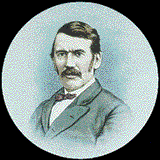
David Livingstone
It seems incomprehensible that it was so difficult to establish the source of the Nile but the river system is so complex geologically that even today its maze of physical features and geologic activity continue to be disputed and reinterpreted. Imagine how difficult the same system would be to explore in the 1800's without the benefit of technology and facility of transportation! Why was it so important anyway to discover the source? Was this legendary goal merely a conceit, was it a necessity, or was there some hidden agenda involved with its discovery?
There were many speculations about the Nile and some of the greatest explorers in the history of the world competed for the prize of finding its headwaters – Richard Burton, John Hanning Speke, Sir Samuel White Baker, Henry Morton Stanley, James Augustus Grant and Dr. David Livingstone.
Together, all of them contributed to the solution of the puzzle. And each one had a remarkable story to tell about his quest. We will examine the history, mystery and romance of this puzzle as we travel a route enlivened by the stories and intrigue of these great explorers who played out this famous Victorian drama in one of the most magnificent regions of the world.
My Photos of David Livingstone lore
ZANZIBAR
“This is the finest place I have known in all of Africa to rest before starting my last journey. An illusive place where nothing is as it seems. I am mesmerized…” Dr. David Livingstone
Zanzibar breathes the history of these early explorers who plotted their expeditions into the interior of Africa in search of the Nile. Even Diogenes, 350 BCE was convinced that the upper waters of the Nile could only be explored through accession from the east coast of Africa on the Indian Ocean because the numerous cataracts on the lower Nile prevented a ship’s passage to the Nile’s source.
Dr. David Livingstone passed through Zanzibar in August, 1865 on his last expedition to Africa. His goal was to suppress slavery in the region around Lake Tanganyika and search for the source of the Nile. He was entertained by Sultan Seyyid Majid at the Sultan’s palace which we visit. We sit in the cool reception room, where often concubines danced for visiting dignitaries. But during Livingstone’s visit, he and the Sultan sipped fruit juices while a band played British ditties. We visit “Sonabagh”, or Livingstone House, a rest house now accommodating the Zanzibar Tourist Corporation, where Livingstone wrote his memoirs especially noting the horrors of slave selling he witnessed in Zanzibar. After he died and his remains brought to the island by his faithful servants, Chuma and Susi, his body was held in old Stone Town, at the building called Mambo Msiige (“thou shalt not imitate”) a simple structure which housed the British Consulate and saw many visitors including Speke, Burton and Grant. We will celebrate Livingstone’s famed and effective efforts to end slavery at a special candlelight dinner held in the ruins of St. Mary’s, the first Anglican Christian missionary settlement. It was here at Mbweni that the first rescued orphaned slaves were given medical treatment and education.TANZANIA
BAGAMOYA
Bagamoya is the closest continental landing site for Zanzibar and was used as a
staging ground for most expeditions venturing into the interior of East and
Central Africa. The expeditions
would usually consist of about 130 porters needed to carry trade goods, food
stores, ammunition, equipment, supplies etc.
Richard Burton and John Hanning Speke gathered forces here in 1857.
The young journalist, Henry Morton Stanley, during his first African
expedition in 1872 – the well-publicized search to find Livingstone - also
used Bagamoya as the staging ground for his trek westward, stopping to enjoy a
bottle of champagne with the holy fathers who established a Roman Catholic
mission here to care for freed slaves and to ransom others when possible.
This small seaside town was the terminus for slaves being transported
from the interior for passage to the Middle East.
Because they were at the end of the line with little hope for escape,
“Bagamoya” means “lay down your heart.”
It was also here that Chuma and Susi brought Livingstone’s body before
crossing by dhow to Zanzibar.
CENTRAL TANZANIA
Burton and Speke trekked inland through savage, semi-desert scrub and swamps
about 500 miles to Tabora where Arab slavers suggested they turn north because
of a huge body of water located there (Lake Victoria). But Burton opted to
ignore their advice, pushing on to Lake Tanganyika which he was convinced was
the fabled source of the Nile. Speke
signed on to the expedition primarily because he was interested in the big game
hunting East Africa had to offer and thus presented no contest.
Only later did he become as obsessed with finding the source of the Nile
as Burton was. We will visit two
extraordinary, remote, and pristine game parks in central Tanzania so that we
have a glimpse of the wilderness as experienced by these men.
It was in their campsites that they wrote their journals, sorted out the
caravan, and planned the next phase of the journey.
In addition, Burton studied and made notes on the ethnography of the
indigenous peoples they encountered while Speke hunted for the caravan and
observed the behavior and ecology of birds, one of which (a weaver bird) was
named for him.
My Photos from Katavi National Park
KIGOMA
When Burton and Speke finally reached the shores of Lake Tanganyika they
were too ill and exhausted to explore the lake.
Speke was almost blind and had gone deaf in one ear because of a beetle
burrowing in his ear canal. Burton’s
legs were paralyzed. Their stores were depleted.
They accomplished very little apart from questioning both Arabs and
Africans about the north end of the lake. There
was wholesale confusion as to whether the river at the north end of the lake ran
into or out of Tanganyika. This
issue would be settled by both Stanley and Livingstone several years later.
It was also here, in nearby Ujiji that Stanley found Livingstone and
uttered the immortal words, “Dr. Livingstone, I presume.”
We travel to Ujiji, a small, inconspicuous traditional African village
that only yields her secrets to students of African history, so for us, the town
conjures up a multitude of dramatic memories, traces of which are still
apparent.
MWANZA
After Burton and Speke recovered somewhat from their travails they returned
to Tabora, taking more time to rest and recuperate.
Speke took advantage of the sojourn to investigate the body of water they
had been told about as they passed through on their westward trek.
He reached the great inland sea (Lake Victoria) at what is today Mwanza,
and Speke’s Gulf. “I no longer
felt any doubt that the lake at my feet gave birth to that interesting River,
the source of which has been the subject of much speculation, and the object of
so many explorers.” He
was convinced that he had found the Nile’s source even without proving it
conclusively, and hurried home to inform the Royal Geographical Society and the
world that he deserved the coveted laurels for discovery.
UGANDA
ENTEBBE
Entebbe and nearby Kampala lie at the heart of the region inhabited by the
Buganda people. Both Speke and
Stanley wrote extensively of the Buganda, noting in particular, Mutesa, a famous
kabaka or king, who hosted each during their respective expeditions.
Speke encountered him as a young, arrogant and foolhardy man, but Stanley
who met him years later, thought him a great and wise leader.
Mutesa was one of the most colorful, cruel and sensational leaders
encountered by any of the explorers. He
surrounded himself with an ambiance of superstitious awe and dread
– among other things at least one member of his harem (and as many as
four) was hauled out on a daily basis to a cruel death by decapitation for the
smallest infraction, like speaking too loudly.
But Speke, in spite of his complaints against Mutesa accepted his gifts
of girls and rejected all but the prettiest among them. We will visit the sacred
tombs where the kabakas’ remains are interred and meet with a Buganda
historian who will discuss Mutesa and his living descendents.
My Photos from Mutesa's village
QUEEN ELIZABETH
NATIONAL PARK
QENP is situated at the edge of the Great Rift Valley dotted by a series of
lakes that are part of the Nile River system.
The park is dominated by the fabled “Mountains of the Moon” – the
Ruwenzori Mountains.
My Photos of the Ruwenzori Mountains
These were the mysterious snow-capped mountains straddling the equator first reported by Ptolemy, the Classical geographer. Speke and James Augustus Grant explored these mythic mountains on Speke’s second major expedition in search of the Nile’s source. Stanley was also overwhelmed by these magnificent mountains: “Another emotion is that inspired by the thought that in one of the darkest corners of the earth, shrouded by perpetual mist, brooding under the eternal storm-clouds, surrounded by darkness and mystery, there has been hidden to this day a giant among the mountains, the melting snow of whose tops has been for some fifty centuries most vital to the peoples of Egypt.” The rivers running from the peaks spill into Lakes Edward. George and Albert forming part of the Semliki River basin that is part of the Nile system. No wonder the source was so confusing, the waterways leading into the Nile are so numerous and interlinked. While in QENP we take a launch through the Kazinga Channel that connects Lakes George and Edward.
My Photos from Queen Elizabeth National Park
MURCHISON FALLS
It was Sir Samuel White Baker and Florence Baker who discovered the great Nile reservoir
– Lake Albert. Lake Victoria sends out from her northern shores the Victoria
Nile that flows into Lake Kyoga. The
River continues in a northwestern direction that then flows into Lake Albert,
mingling with the Albert Nile at Murchison Falls, one of the most dramatic and
powerful falls on the continent. Baker
wrote: “It was with extreme emotion that I enjoyed this glorious scene…No
European foot had ever trod upon its sand, nor had the eyes of a white man ever
scanned its vast expanse of water. We
were the first and this was the key to the great secret that even Julius Caesar
yearned to unravel, but in vain. Here
was the great basin of the Nile…” The Albert Nile becomes the White Nile at
the Sudan border. Sir Samuel White
Baker explored
the Nile River from the north, first by boat then on foot.
He was accompanied by his wife Florence, a young Hungarian woman who he
ransomed from slavery. Florence was the only woman involved with the Nile’s
exploration.
Sir Samuel White Baker, too, had an amazing tale to tell full of hardships, illness, dementia, treachery, animal and human attacks and starvation. We will take a launch ride on the Nile and pause at the base of the extraordinary Falls as we further explore the lives, times and adventures of the amazing men (and woman) who finally solved the greatest mystery of the time – the search for the source of the Nile.
My Photos from Murchison Falls National Park
My
Photos of Jinja
where the Nile flows from Lake Victoria
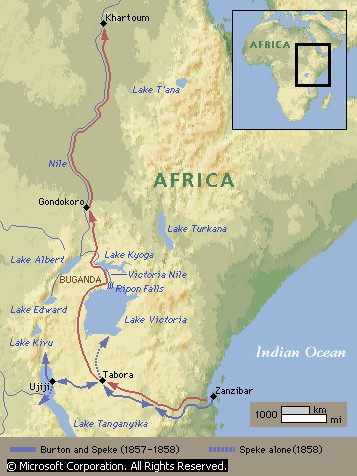
Map of Burton and Speke travels
Photos of the Lower Nile in Egypt
In search of the source of the nile from Galen Frysinger on Vimeo.
This film was created by a member of the Explorer's Club expedition on "In Search for the Source of the Nile" in September 2001.
It started in London and continued though the spot where the Nile originated at Lake Victoria
and on to the meeting spot of Stanley and Livingston.
The last part of the expedition to Sudan was cancelled due to the 911 attack.
![]()
In Memory of John Hanning Speke
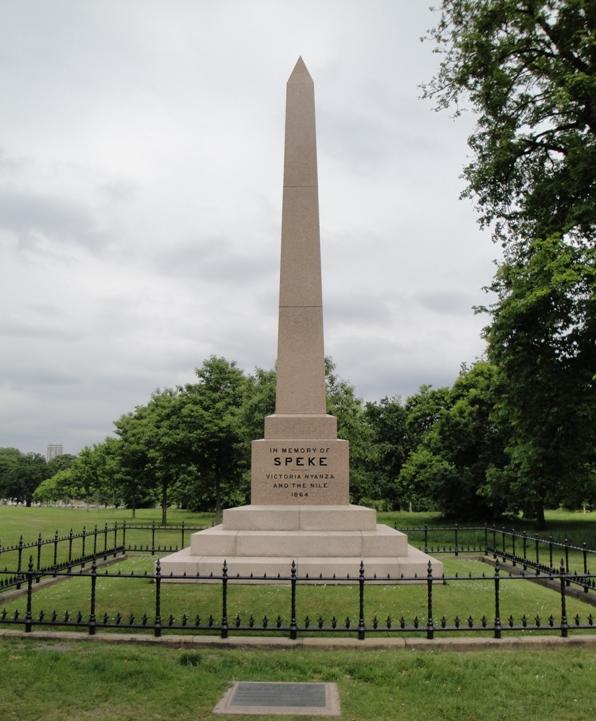

the Memorial in Kensington Gardens, London
![]()
Speke's Grave site
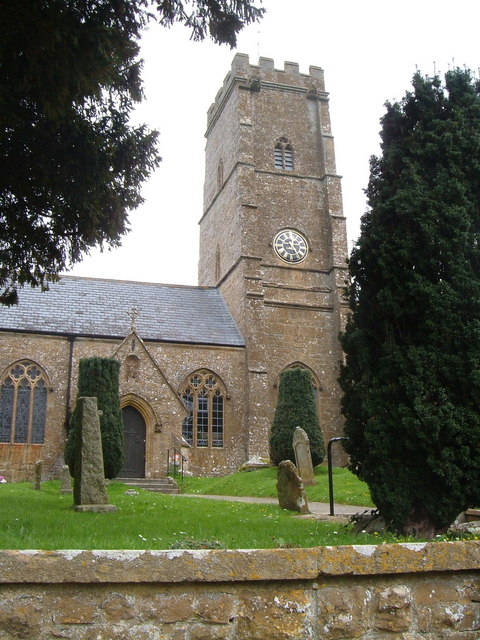
St.
Andrew's Church in Dowlish Wake
(Speke is buried inside the church at the base of the tower)
his grave at Dowlish Wake church
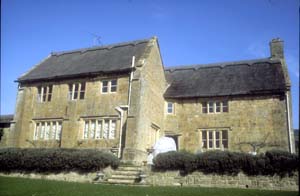
the Manor House where his family lived
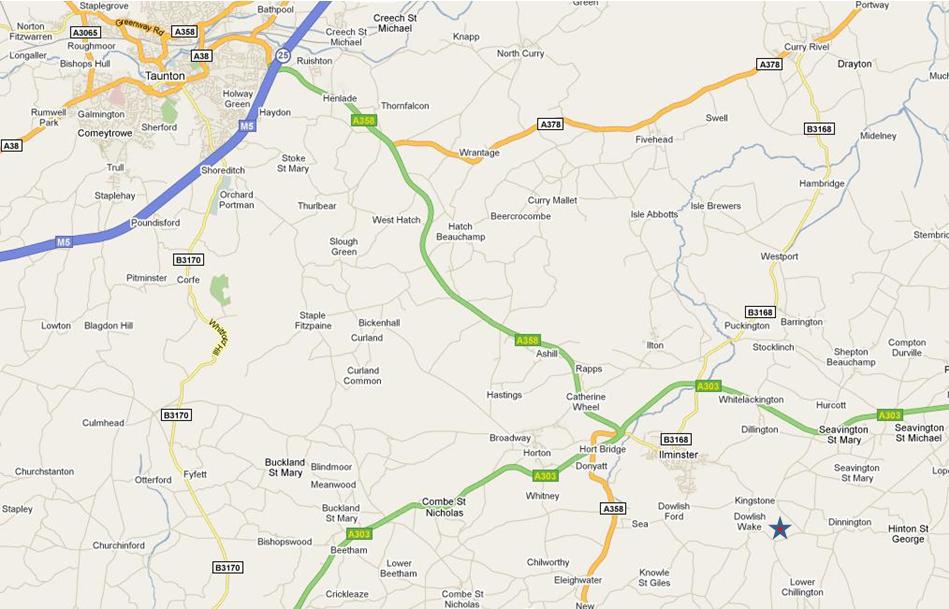
map
showing the location of Dowlish Wake
South East of Taunton (The nearest major Town)
These memorial photos courtesy of Tom Briggs
![]()
![]()